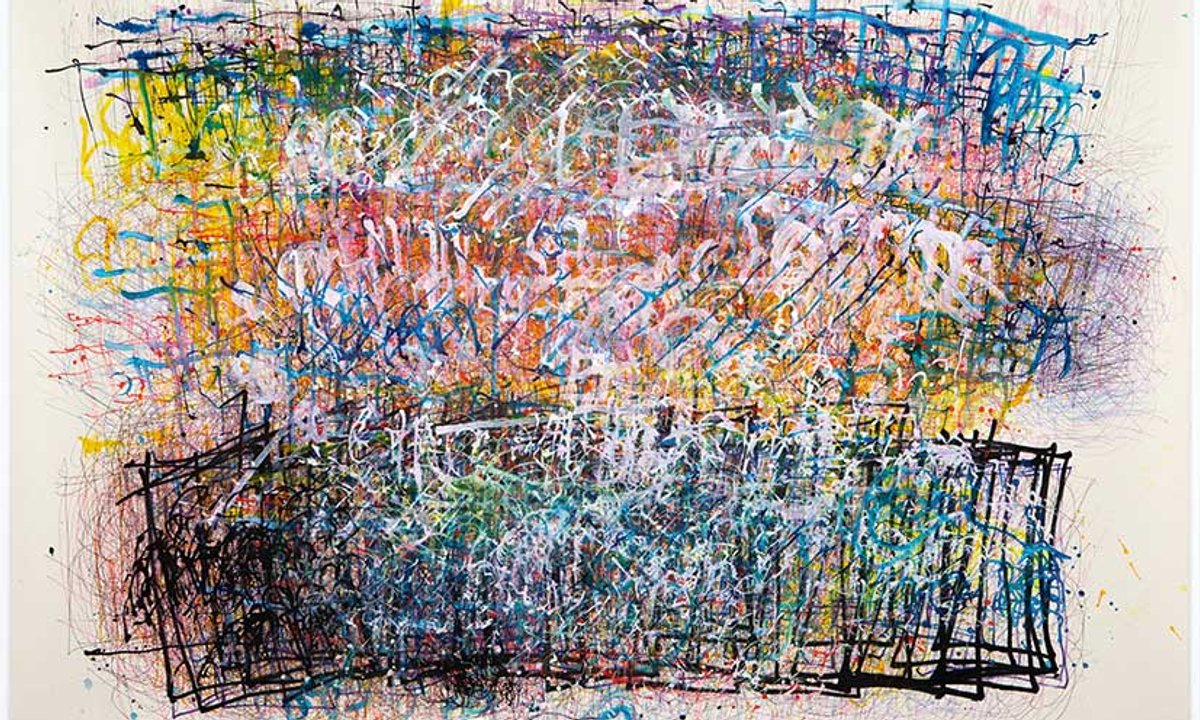Creative Growth Art Center, an Oakland, California-based nonprofit dedicated to supporting artists with disabilities, is celebrating its 50th anniversary with a special exhibition at New York’s Outsider Art Fair (February 29-March 3). The organization operates primarily as a studio for more than 140 artists with developmental, intellectual and physical disabilities, and also represents artists commercially in its own gallery.
Creative Growth Director Tom Di Maria says the center’s marketing efforts were met with skepticism from the start. “There’s this widespread assumption that disabled people must be exploited, that we’re using them, that disabled people don’t have agency, that they don’t want to sell their work,” he says. The center shares revenue from sales with artists, as is common in the for-profit art industry.
For this year’s Outsider Art Fair, Di Maria has organized a presentation that combines works from the center’s collection with those of private collectors in New York, some of which have never been exhibited publicly before. Two artists in particular will be at the center of the booth: Dan Miller, an artist on the autism spectrum whose large-scale abstract graphic works were included in the 2017 Venice Biennale International Exhibition, and the late Carl Hendrickson, an artist with cerebral palsy best known for creating fascinating architectural sculptures mainly made of wood.
“These two artists demonstrate what I would call a kind of clash between formal concerns and content, which shows that people with disabilities can be important visual artists whose work is based in their relationship to disability,” Di Maria says.
While Creative Growth refuses to call its artists “outsiders” (“They don’t need another name,” Di Maria says), he says the Outsider Art Fair is a “wonderful” forum for self-taught artists, artists living with disabilities and artists working in non-traditional settings. Their first participation in the fair in the early 2000s brought the center and its artists mainstream attention, and as attitudes toward disability change, their visibility has grown even more.
Di Maria added, “We fought for representation in the outside world back then. This year we are having a major exhibition at the San Francisco Museum of Modern Art that is remarkable in terms of its trajectory and what it means.” Through the multi-year partnership, the museum will acquire 113 works by Creative Growth artists for addition to its permanent collection.
“Part of our mission is to make the gallery a gateway for the public to come and understand the valuable contribution that disabled people make,” Di Maria says. “Most of us don’t live with disabled people. It’s a way to break down stereotypes and prejudices about disabled people.”

